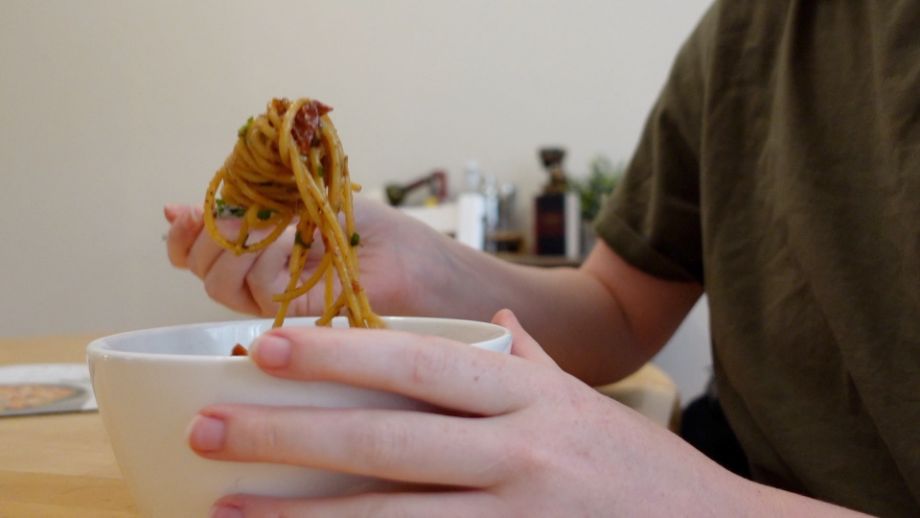We test and review fitness products based on an independent, multi-point methodology. If you use our links to purchase something, we may earn a commission. Read our disclosures.
If you’ve ever attempted to change your body composition during your fitness journey, you may have encountered the terms bulking and cutting. These two processes involve intentionally manipulating your body weight to build muscle or lose body fat, two common goals for many fitness enthusiasts.
However, not everyone has a specific body composition goal and may simply enjoy regular exercise. If you’ve never attempted to intentionally lose fat or build muscle and aren’t sure where to start, I’ve got you covered.
In this guide to bulking vs cutting, I’ll explain how each process works, how to choose which one to focus on, and how to get started. In my 12+ years as a personal trainer and nutrition coach, I’ve helped hundreds of clients through both the bulking and cutting process, and I’ll share everything you need to know.
Note: We intend this article for those who wish to change their body composition. It isn’t meant to body-shame or suggest that everyone must choose bulking or cutting. There’s absolutely nothing wrong with enjoying an exercise routine without body composition goals.
Medical disclaimer: This article is intended for educational and informational purposes only. It is not intended as a substitute for medical advice. For health advice, contact a licensed healthcare provider.
How We Gain and Lose Weight
Before we discuss cutting and bulking, let’s review energy balance and how it impacts body weight.
What Are Calories?
Your body continuously uses energy throughout the day and night, whether you’re relaxing on the couch, digesting food, doing some cardio, or pushing through a tough workout in the gym. This energy is measured in calories, a unit of measurement that refers to the amount of energy required to raise the temperature of 1 gram of water by 1 degree Celsius.

Calories come from macronutrients in our food, which are protein, carbohydrates, and fat.
Everyone has a basal metabolic rate, which refers to the amount of calories your body burns at complete rest, and every additional movement we do throughout the day burns extra calories. Those with a high activity level or physical jobs tend to burn more calories than those who are more sedentary throughout the day.
Diet culture may have taught us that calories are something to avoid, but calories simply measure energy and don’t say anything about the nutrients contained in a food or its health benefits. You expend calories throughout the day, and replace that energy by consuming calories from food.
RELATED: How Many Calories Should I Eat Per Day?
What Is Energy Balance?
As you may remember from high school science, the law of conservation of energy states that “energy can neither be created nor destroyed,” only transferred. This means the calories you burn have to come from somewhere, and the calories you consume from food need to be used for something. Calories don’t magically appear or disappear.
If you burn more calories in a day than you consume from food, you’re in an energy/calorie deficit. This means your body doesn’t have enough energy from food and must use its stored energy to make up the difference. This can come from your body fat, muscle glycogen, or even muscle tissue in extreme situations.
RELATED: Macros for Fat Loss and Muscle Gain

On the other hand, if you consume more calories than you burn in a day, you’re in an energy surplus. Your calorie intake is higher than your body needs, and they need to be stored somewhere. The fat cells in your body act as little storage units for energy, so chronically eating more calories than you burn leads to the formation of new fat cells and weight gain over time.
TL;DR: If you consume more calories than you burn, you’ll gain weight, and if you consume fewer calories than you burn, you’ll lose weight. Plenty of additional factors may also influence this process, but at the end of the day, weight loss or gain is determined by your calorie intake1.
Finally, if you simply eat your maintenance calories each day, the amount you burn, your weight should remain mostly stable, aside from the standard daily fluctuations.
If you’re not intentionally trying to gain or lose weight, you may also experience body recomposition eating at maintenance. This is where you slowly lose fat and build muscle while your weight remains relatively stable. However, this process isn’t as fast as choosing one or the other to focus your efforts on.
What Are Bulking and Cutting?
Over the years, many clients have told me they have no idea why someone would want to gain weight intentionally, and those who’ve struggled to gain muscle for years may have never considered intentional weight loss. However, both can be beneficial depending on your goals, so let’s take a quick look at how these processes work.
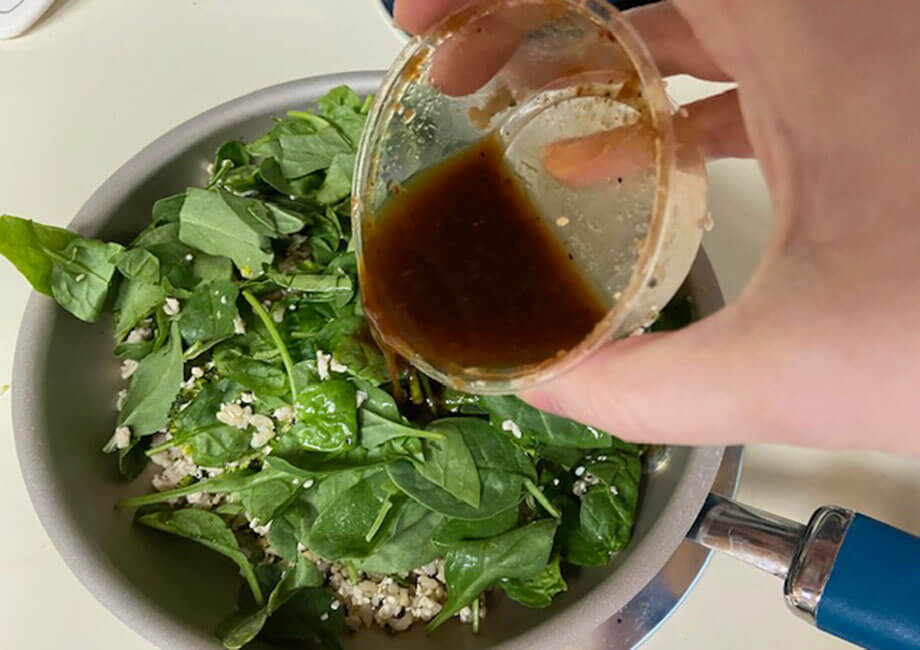
Bulking: Intentional Weight Gain
Bulking refers to intentional overeating to gain weight, with the primary goal being muscle growth. This isn’t just for off-season bodybuilders looking to get even bigger; anyone who wants to build muscle can benefit from bulking.
RELATED: Best Supplements For Muscle Growth
When you practice regular resistance training with adequate progressive overload, your body will grow stronger over time and build more muscle mass. While muscle growth is technically possible in an energy deficit, research shows2 that an energy deficiency impairs muscle growth, so most people need to eat in a surplus to gain muscle tissue.
Now, simply eating more food without exercise will likely lead to fat gain. However, if you pair an energy surplus with regular lifting, you may still gain some fat, but you’ll also gain weight in the form of lean muscle tissue.
Cutting: Intentional Weight Loss
Cutting refers to staying in a calorie deficit with the goal of weight loss, preferably fat loss. By consistently eating fewer calories than you burn each day, you’ll force your body to use its stored energy, which leads to weight loss.

Yes, a majority of this weight loss will come from body fat. Still, it’s possible to lose muscle tissue along the way, especially if you’re not lifting weights and have a low protein intake. Regular weight training paired with a moderate-to-high protein intake can help preserve as much muscle mass as possible during a cutting phase.
RELATED: How Much Protein Should I Eat to Lose Weight?
How To Choose Between Bulking and Cutting
While it may seem obvious whether you should focus on losing or gaining weight, this isn’t always the case. Over the years, I’ve worked with countless clients who want to build muscle and lose fat but aren’t sure which to focus on first.
Technically, it’s possible to build muscle while losing fat, but this is very difficult unless you’re brand new to lifting. Most people are better off choosing one or the other, so let me help you decide which to focus on first if you’re looking to change your body composition.
What Is Your Goal?
What’s your ultimate goal? This may seem obvious, but you might want to pause and think a little deeper.
For example, if you want to look more muscular, cutting to lose fat and reveal muscle may help show more muscle definition, even if it seems counterintuitive. On the other hand, if you want to be as big and strong as possible, you may have to bulk for a while and accept that while you’re gaining muscle, you may also gain some fat along the way.
Are You an Athlete?
If you participate in competitive sports, bulking or cutting may help improve athletic performance5 by either building more strength and muscle, or losing weight if you’re a bit heavier than you’d like.
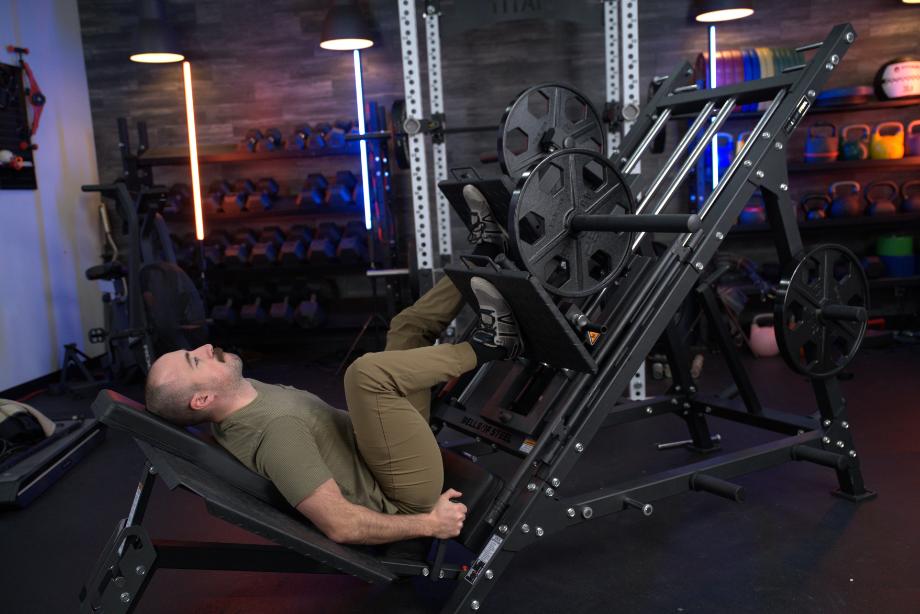
Some sports, like weightlifting, wrestling, or jiu-jitsu, often organize competitions by weight class, so cutting or bulking may be necessary to stay in your weight class.
Consider the Long-Term Process
The next thing you should consider is your ultimate goal and what it’ll take to get there.
If you’re new to lifting and want to build strength and muscle, that’s great! However, understand that bulking comes with a little bit of fat gain along the way.
This means if you already have more fat than you’d like, you may want to lose some fat before embarking on your muscle-building journey. Getting leaner before a bulk may also make it easier to see muscle growth, which can help you stay motivated through a long bulk.
On the other hand, if you want to lose fat but have already been dieting for an extended period and are feeling burned out, there’s nothing wrong with changing your goal for a few months to take a break.
How To Bulk
There are two common approaches to bulking.
The first is the slow and steady route, where you attempt to eat in a slight caloric surplus, which may be as small as 200 to 300 calories per day. This can provide enough fuel to build muscle without gaining unnecessary fat, though weight gain will be slower.
The second approach is often referred to as “dirty bulking” or the “seafood” diet—you see food and you eat it. This involves eating as much as possible to gain weight quickly, though this often results in excess fat gain.
RELATED: Our Favorite Protein Shakes For Bulking
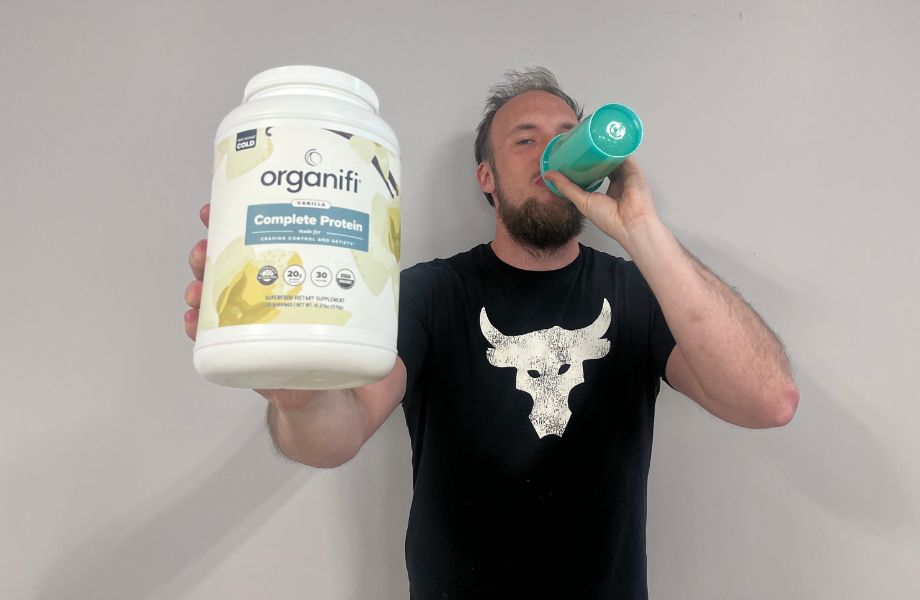
This is supported by a 2023 study3 published in Sports Medicine, which found that a rate of weight gain faster than 0.25 to 0.5% of body mass per week was primarily associated with an increase in fat mass rather than lean muscle mass.
If you want to minimize fat gain during a bulking phase, a modest calorie surplus that limits your weight gain to 0.25 to 0.5% of your body weight per week, paired with a strength training program, is the best approach.
RELATED: 7 Types of Strength Training
How To Cut
To lose weight, you simply need to eat fewer calories than you burn each day.
However, if you want to lose fat and preserve muscle, you’ll want to ensure you’re consuming plenty of protein, as well as regularly lifting weights.
Research suggests4 that you may also want to limit your weight loss to 0.5 to 1% of your body weight per week, as losing weight too quickly leads to more muscle loss than fat loss.
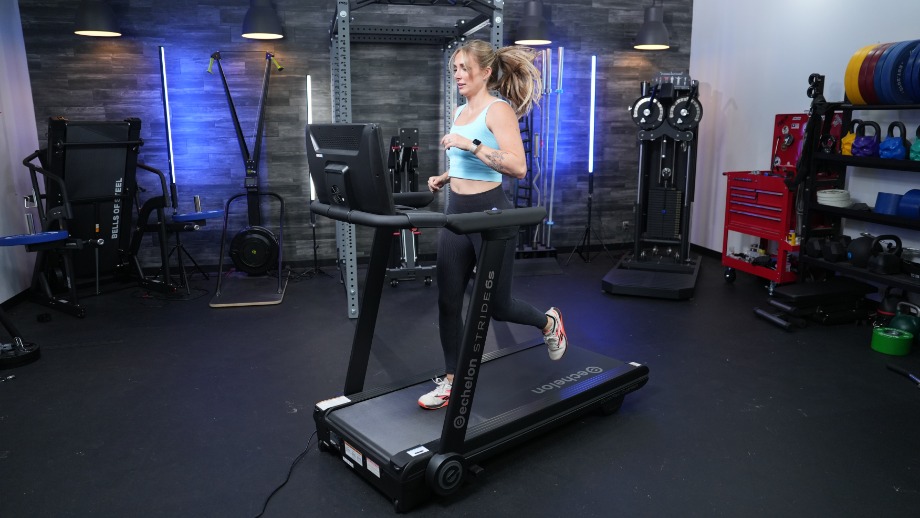
You don’t need to track your calories to lose weight, but it can be a helpful strategy if you want to work with precise data. If you want to do this, here’s our guide to the best calorie counter apps.
When cutting, your food intake is restricted, so it’s important to eat plenty of nutrient-dense foods to make sure you’re getting all of the key vitamins and minerals your body needs. Focus on healthy fats, lean proteins, and filling carbs, like fruits, vegetables, whole grains, and sweet potatoes.
RELATED: High-Protein Foods For Weight Loss
Bulking vs Cutting: Final Thoughts
Bulking involves intentionally staying in a caloric surplus to gain weight, and cutting means staying in a caloric deficit to lose weight.
Both bulking and cutting can be useful for accomplishing your fitness goals if you’re looking to manipulate your body composition, either by losing fat, building muscle, or both. Neither goal is necessary to be healthy, and plenty of people enjoy exercise without any specific weight goals.
However, if you want to make a change in your appearance, a bulk or cut may be just what you need.
Bulking vs Cutting: FAQs
Should I bulk or cut?
This depends on your goals and current fitness level. Most of the time, cutting is best if you want to lose fat, and bulking is best if you want to build muscle. However, if you want to build muscle but already have a higher body fat percentage than you’d like, you may want to cut first.
How long should I bulk before cutting?
Muscle growth is a very slow process, so the longer you can bulk, the better. That said, you’ll want to make sure you bulk at an appropriate rate so that you don’t reach uncomfortable levels of body fat too soon that cause you to stop the bulk early.
Is cutting harder than bulking?
Cutting may seem more difficult, as you’re restricting your food intake and may feel hungry throughout the day. However, many struggle to gain weight and find it equally challenging to intentionally eat enough calories for muscle growth, so both cutting and bulking can be difficult in their own way.
What are the best supplements for cutting and bulking?
A balanced diet should always be the foundation of your cut or bulk, though supplements may be useful if you can’t get what you need from food. Protein powder, creatine, and pre-workouts are common among gym-goers, but you should speak with a medical professional or registered dietitian if you want specific supplement recommendations.
RELATED: Best Weight Loss Supplements
References
- Howell, S., & Kones, R. (2017). “Calories in, calories out” and macronutrient intake: the hope, hype, and science of calories. American journal of physiology. Endocrinology and metabolism, 313(5), E608–E612. https://doi.org/10.1152/ajpendo.00156.2017
- Murphy, C., & Koehler, K. (2022). Energy deficiency impairs resistance training gains in lean mass but not strength: A meta-analysis and meta-regression. Scandinavian journal of medicine & science in sports, 32(1), 125–137. https://doi.org/10.1111/sms.14075
- Helms, E. R., Spence, A. J., Sousa, C., Kreiger, J., Taylor, S., Oranchuk, D. J., Dieter, B. P., & Watkins, C. M. (2023). Effect of Small and Large Energy Surpluses on Strength, Muscle, and Skinfold Thickness in Resistance-Trained Individuals: A Parallel Groups Design. Sports medicine – open, 9(1), 102. https://doi.org/10.1186/s40798-023-00651-y
- Fogarasi, A., Gonzalez, K., Dalamaga, M., & Magkos, F. (2022). The Impact of the Rate of Weight Loss on Body Composition and Metabolism. Current obesity reports, 11(2), 33–44. https://doi.org/10.1007/s13679-022-00470-4
- Suchomel, T. J., Nimphius, S., & Stone, M. H. (2016). The Importance of Muscular Strength in Athletic Performance. Sports medicine (Auckland, N.Z.), 46(10), 1419–1449. https://doi.org/10.1007/s40279-016-0486-0
Further reading

Our JOROTO X2 Indoor Cycling Bike review takes a look at this popular budget-friendly studio cycling bike. Read more

Typically, when you think about an elliptical workout, you picture long strides on a huge machine. People who opt for elliptical training are often looking for a low-impact cardio experience that protects their joints but still leaves them breathless. Bowflex has done that with the Max Trainer M6. Read more

Looking to keep your cold plunge operating at optimum levels? Check out this guide on cold plunge maintenance. Read more

In this Life Fitness 95T Inspire review, we’ll tell you all there is to know about this discontinued treadmill. Read more

